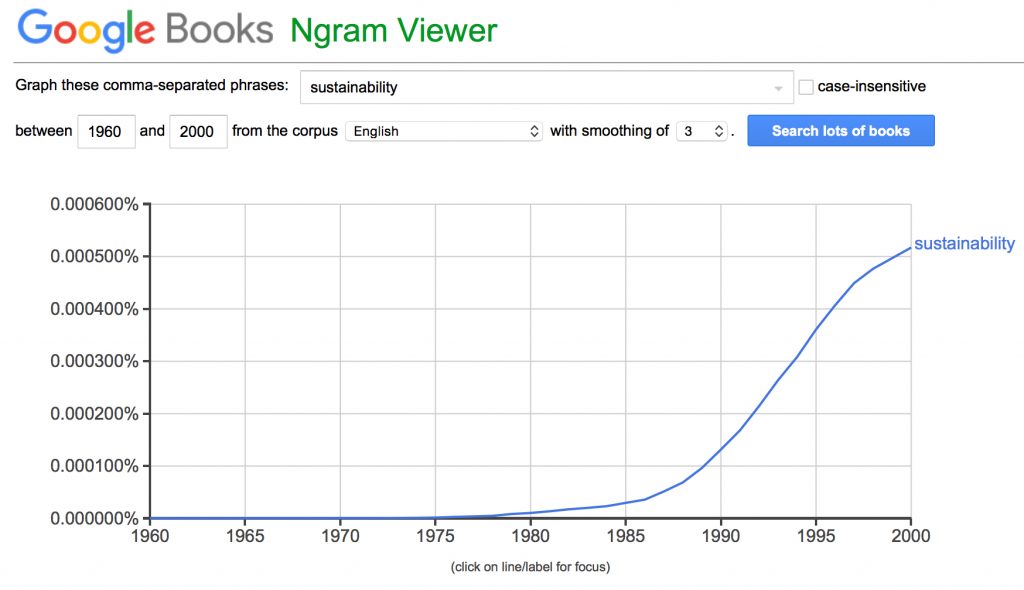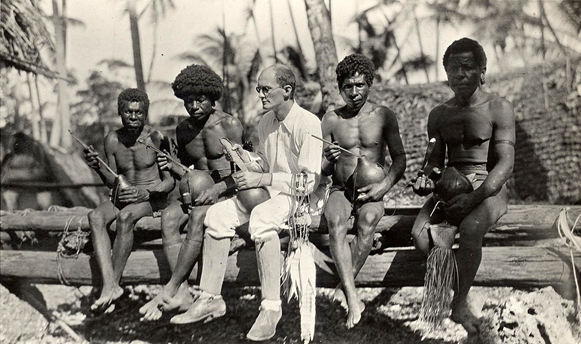There are a number of tech-savvy academics reflecting from the cutting edge of technology and teaching. Among these is the ProfHacker blog, the Institute for the Future of the Book and (the more web elusive) “Digital Humanities” which each represent a community of creative faculty in higher education with an interest in the thoughtful and thorough use of new technology in their teaching. Faculty use twitter, blogging, and other internet applications in the classroom, with a critical eye to whether this technology augments or impacts their teaching. There isn’t nearly the same energy invested in digital theology, ethics, or biblical studies, but I’m hoping to be a part of changing that! This is my first, in what I hope to be many posts casting a critical, but interested gaze on the thoughtful use of technology in theological pedagogy and a proper Christian contribution to the digital public space.
One of the reasons I like the Digital Humanities is because of their emphasis on “Open Access.” I’m convinced that I participate in the scholarly life standing on the shoulders of many benevolent people. This includes many people that I’ll likely never meet, including the Scottish taxpayers who have been incredibly generous in funding my PhD. With that in mind, I am keen to make sure that my output as a scholar is freely available when possible and appropriate.* But it’s not enough to just put stuff up online where it will never see the light of day, so my interest is to find the best possible way in which to contribute to existing online collaborative research and learning.
Since I’ve just been working on this over the past couple weeks, I thought a good place to start would be with a quick look at the best way to share bibliographies (i.e. a list of books and articles on a particular subject) with others, and how to weave these into existing public conversations. I maintain two fairly substantial bibliographies related to my research on this blog, and because the hunting down of resources can take so much time, I’ve been working on getting them online. My hope is that this can save others some time and that this will enable them to pick up the subject more quickly and accomplish more in their research. Right now these bibliographies are just plain text pages hosted in this blog, but for this post, I surveyed several alternative services to see if there is a web-related technology that might offer a better way to post a bibliography online.
Mendely
Meant to be an open source replacement for bibliographic software like EndNote, Mendeley also adds in a healthy dose of social networking. You can synchronize your entries on CiteULike and your zotero database (see more below), and they have a web importer that you can use to import links while you’re surfing when you come across an interesting book or article. Mendeley has an open API, which means that anyone can create software interfaces for the databases you create. I initially tested Mendeley over a year ago, and their Desktop application was pretty feature-bare and buggy. Now they’re nearly at a full 1.0 release and have an iOS app for your iPod as well. Mendeley has recently moved towards a moderate-fee system to generate revenue for this non-profit project. You get allocated a certain amount of online storage space where you references and attachments are stored, and then you have to pay for additional space. I’ve got no problems with this model, as it allows moderate users to go free, and encourages heavier users to support the system they’re using.
For my purposes here, Mendeley doesn’t really have an online bibliography feature, but you can create research interest Groups, which others can join, and you can group references in folders which you can then share with others. On the plus side, it is possible to add any reference, books, journals, etc. Also, you can add tags to items, which, when viewed online by other Mendeley members who have joined your group, can be sorted on the fly by tags.
On the negative side, you have to be creative in adding summaries and comments to the papers, as all the data remains within your reference data. Further, only Mendeley members can access the bibliography and group once its is created. Also, because you’re not working with plain text, it is hard to identify relations between references, which in the case of John Zizioulas is quite significant has his works have been translated multiple times.
Zotero
Zotero started as a plugin for the popular firefox web browser. The idea was to create a quick and easy way of grabbing academic content while surfing online and then storing it in a lightweight database for the purpose of citation in academic writing. I was admittedly skeptical of zotero when it was first released a few years ago, but since then it has developed into a really mature project. They are close to a release of a stand-alone version of the software so you’re not restricted to your web browser. Further, they store the reference data in a standard sqlite database, which you can deposit wherever you like on your computer. This is open-source software being developed collaboratively by anyone who wants to contribute, and so their import engine is probably one of the best available. You can quickly grab an article and download its content from all sorts of major websites including google scholar, the New York Times, and so forth. Zotero has also recently adopted the same online storage model as Mendeley, for those who are interested in synchronising all your references across multiple computers.
For the purpose of this review, I found that Zotero has much the same solution for sharing references. You can create a research group, and associate references with them. This options follows roughly the same cues as Mendeley while offering slightly less, so unless you’re invested in Zotero for a particular reason I’d look elsewhere, while checking back in to see how this develops in the future.
CiteULike
Moving beyond the previous two options, which are anchored in a software program, CiteULike is purely web based, offering a user-generated catalogue of academic research, with a healthy dash of social networking. It is important to note at the outset that CiteULike is a free service, run by a for-profit venture, and supported by what are somewhat visually-intrusive google ads. You can link to friends who are also on CiteULike and stay on top of articles they add and recommend. Like most of the other services that are heavily web-connected, CiteULike is primarily used by researchers in the sciences (including economists and other business-school types), so the social features are less than impressive for someone doing work primarily in the humanities.
Connotea
Connotea exists in the same genre as CiteULike, while offering a much cleaner interface. One gets the impression, however, that they have a smaller user base and if you’re a scientist, this might mean that less of the articles you’re looking to add aren’t already there. Similarly, this meant that it could only import 11 of my references.
WorldCat
Still in the web-based, but in an entirely different genre, WorldCat is a service that aims to integrate public and university library catalogues. Along with this, if you become a registered user, you can add “book lists” which are bibliographies which link to books that are catalogued in worldcat, along with brief notes for each work you’ve chosen and global tags for the list itself.
I should also add a quick plug for the amateur librarian out there. Many of these public library catalogues rely on volunteers to keep their catalogues organized. I’m often submitting requests to the folks at worldcat.org to combine books and correct (the admittedly rare) data errors. I’ve also got a librarian account at LibraryThing which is a service similar to worldcat, though which promotes more along the lines of user based book reviews. You’ll find a similar, though less academic service with GoodReads.
Sente, Papers, EndNote, Bookends, etc.
The last category, not to be forgotten, are those software based applications you can use to organize bibliographies, but which lack a web-based component. I use Sente myself. But none of these applications offer any sort of web-based bibliographies. At best you can organize and format references in a software program, and then augment the references as plain text. This is what I’ve done for the blog, and a process I’m hoping to transcend…
My conclusion?
I like the smooth interface of Mendeley, which has something on Zotero, I think. But both present a very limited range of options for annotating your bibliography. I should note that many faculty now encourage their students to learn Zotero and provide bibliographies for their courses for the ease of student use. CiteULike offers a thicker set of options and a more sophisticated set of social tools, but their ads are intrusive, and their features are still limited. I love the degree to which WorldCat it plugged into public library catalogues, but their interface is quite limited and it’s hopelessly tedious to add references which are not books (i.e. journal articles, etc.).
This leads me to still prefer a blog post in which I can narrate my choices more fully, and add hyperlinks as appropriate. What I’ve decided, I think, it to stick with what I’m using currently on my two bibliographies hosted here (and the more to follow) and to augment them. What I’ve concluded here is that a software solution, at least what is currently on offer, cannot replace the basic art of writing. Along these lines, I’m encouraged by the work by the folks at the “Institute for the Future of the Book” to bring digital publishing back closer to the hand-written page by enabling marginal notes and comments on digital pages. The blog includes a comments space, and I hope to add the possibility of marginal notation soon as well. I’m looking to get some more independent web server space and port this blog to Joomla. Once I’m there, I can use the J!Research plugin. Or, I may stick with wordpress and use the CommentPress plugin (see the great in-depth article here and see a sample on display here). In the meantime, I’d be curious to hear from others who are either hoping to write, or looking to read bibliographies to hear what your experience with the services I’ve reviewed here has been. Have I missed anything? Are there features you’d like to see in public communication of research like this?
Notes:
* I’m actually fairly reluctant about the idea of self-publishing, not because I want to profit off books (ask most theologians and they’ll tell you that book sales hardly augment their salaries) but rather because I think that it is especially important for theologians to have their work scrutinised careful by editorial staffs that are cultivated by publishing houses. If anything, we would benefit from less and not more theological writing.





